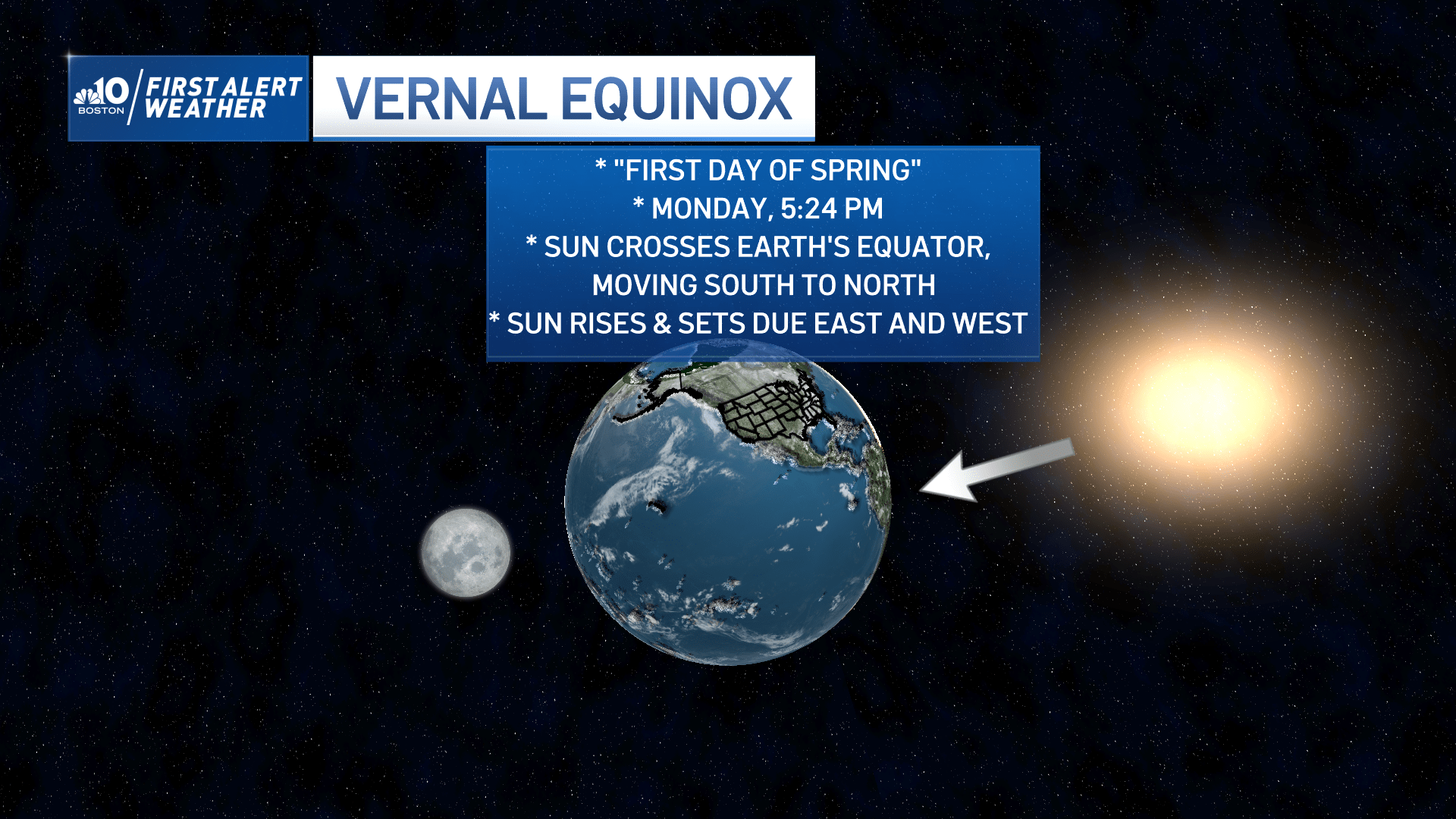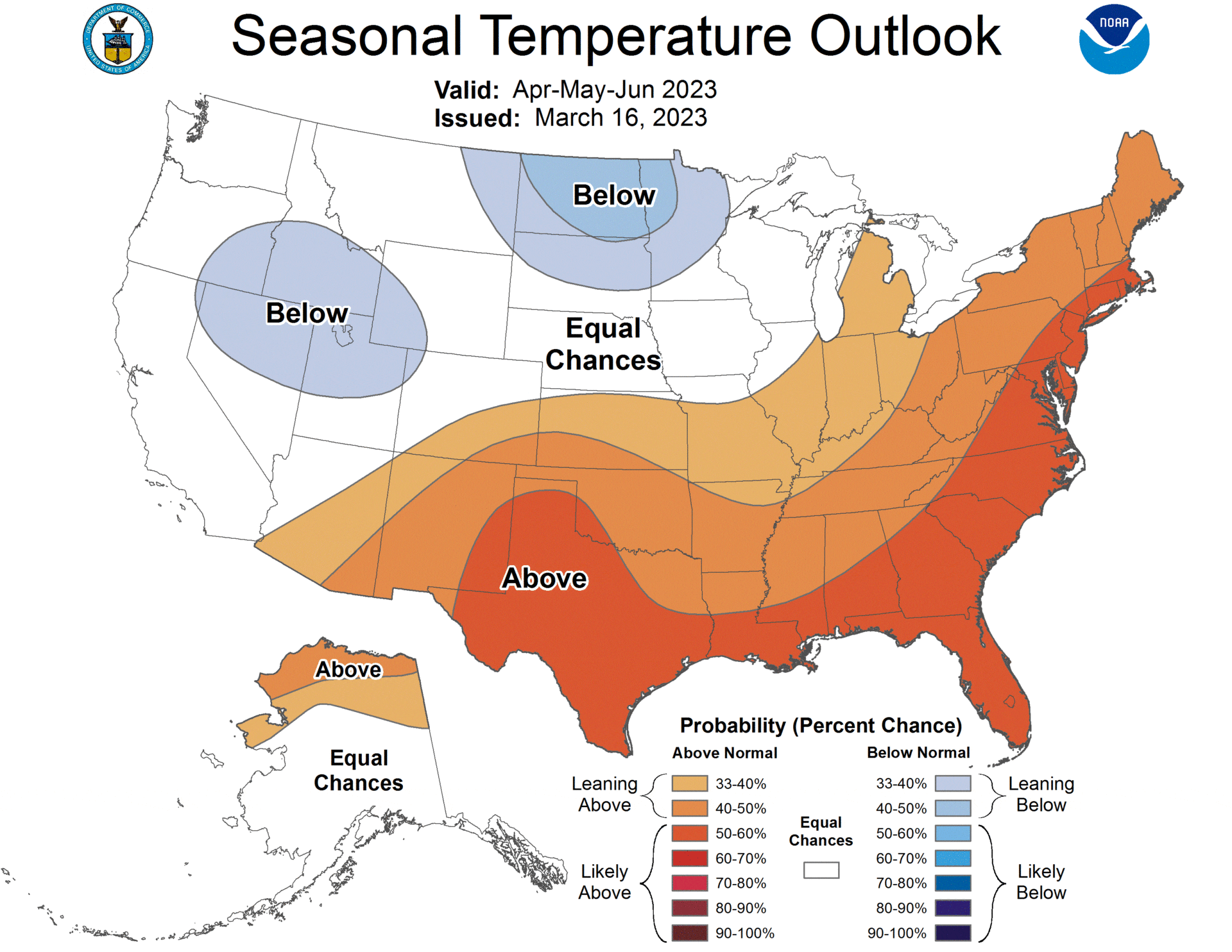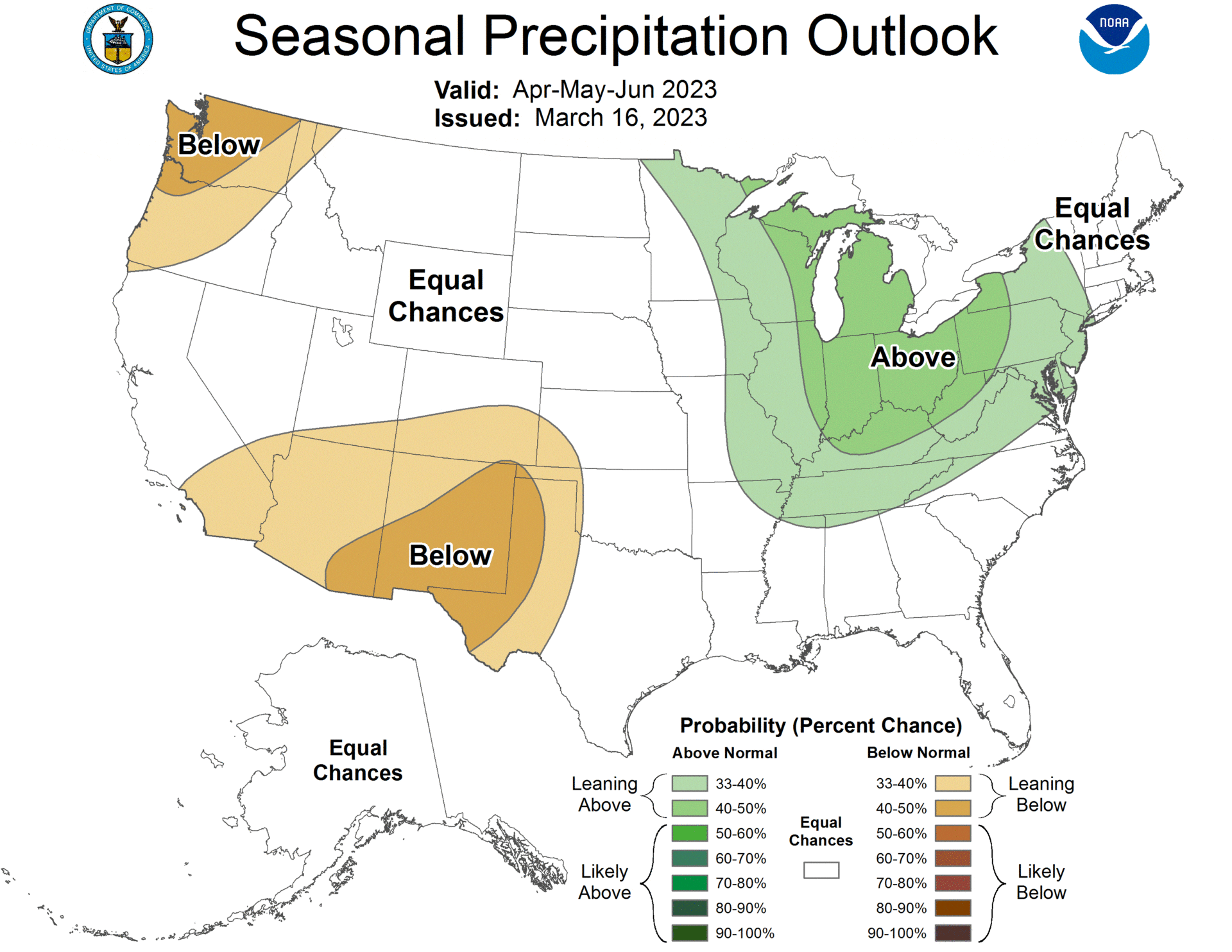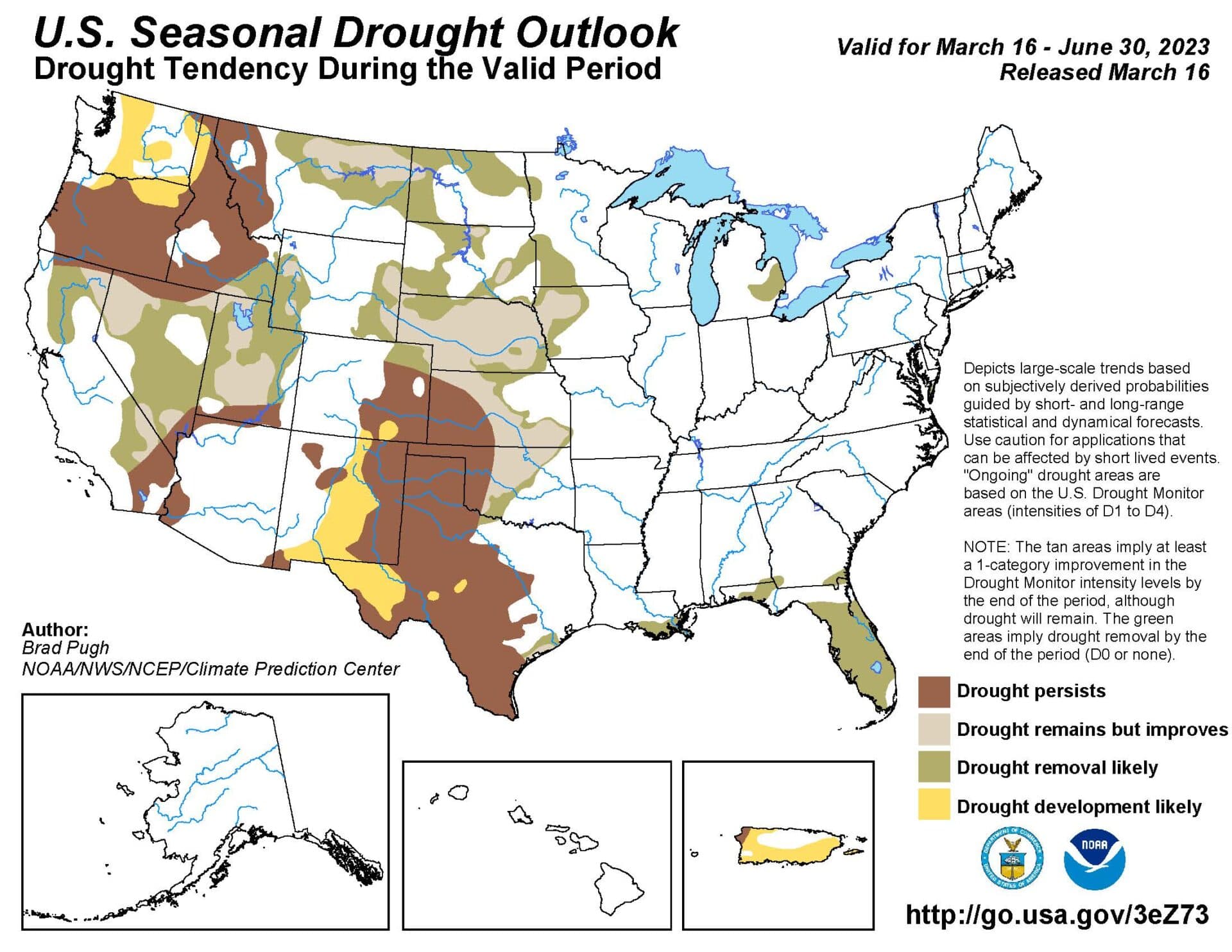Advertisement
Spring is upon us. Here's what to expect this season
The first day of spring is a rite of passage for New Englanders each year.
The official start of astronomical spring occurred with the vernal equinox at 5:24 p.m. Monday. This was the exact moment when the sun crossed the celestial equator going south to north.
On the vernal or spring equinox, the Northern and Southern Hemispheres receive roughly the same amount of sunlight because neither is tilted more toward, or away, from the sun than the other. This also meant the sun rose due east and set due west Monday.

Temperatures
Last year on the equinox, it truly felt like spring. Boston hit 62 degrees Fahrenheit. In fact, four of the last five years have seen above-normal temperatures as we ushered in the new season.
This year won't be quite as mild as last year. Though it'll be a pleasant day overall with plenty of sunshine and highs around 50 degrees Fahrenheit.
So are consistently warmer temperatures in store for us? The simple answer: yes.
Our average high temperatures climb from 46 degrees Fahrenheit Monday to 58 degrees Fahrenheit by April 20, 68 degrees Fahrenheit by May 6, and 78 degrees Fahrenheit by the last day of spring.
So climatologically speaking, a steady and noticeable increase will occur.

After a record warm winter in the Northeast, the Climate Prediction Center is forecasting the likelihood of above-normal temperatures up and down the eastern seaboard, stretching into the southern Plains for the next few months.
Undoubtedly, there will still be some "chilly" or below-average days thrown in the mix. But it's safe to say most outdoor spring activities will be good to go in the days and weeks to come.
The last frost
That being said, now isn't the time to go out and plant your garden just yet. While there's understandable excitement regarding gardening around this time of year, it's important to note that — at least for many outdoor plants, flowers, seeds and crops — its best to wait until after the last frost to get underway.
The average date of the last frost in Boston is April 6, though that date shifts later for the suburbs and central Massachusetts. The average last frost in Worcester, for example, is April 24.
Tick concerns
So after a record warm winter and the forecast for above-normal temperatures to continue, what does that mean for the tick population?
Observations over the past few years show that ticks are mighty adaptive. They have figured out how to effectively survive winter. And they have remained active this winter.
Their springtime activity usually peaks in April, but this is likely to come a little earlier this year. In other words, over the next 2-4 weeks expect a significant uptick (pun intended) in the number of these arachnids.
Your best bet for protection? Get some permethrin tick spray repellent, apply it liberally to your shoes and socks, let it dry and wear those pairs when you plan on being outside.
It has happened where someone went to the woods behind their house for about 5 minutes last spring and came out with 18 ticks on their clothes.
It's a good idea to tick check you and members of your household daily — usually right after coming inside from playing or especially after a hike or a walk in the woods — in order to "catch" them before they embed into your skin.
Advertisement
Rain
Now in terms of precipitation, the Climate Prediction Center forecasts an equal chance of an above- or below-normal stretch through June. This means we are likely to end up somewhere closer to average.

The Northeast became totally drought-free at the beginning of February and is expected to stay that way through the Spring season. If we experience a few below-average months of precipitation leading into summer though, abnormally dry to minor drought conditions could certainly develop again come July.

